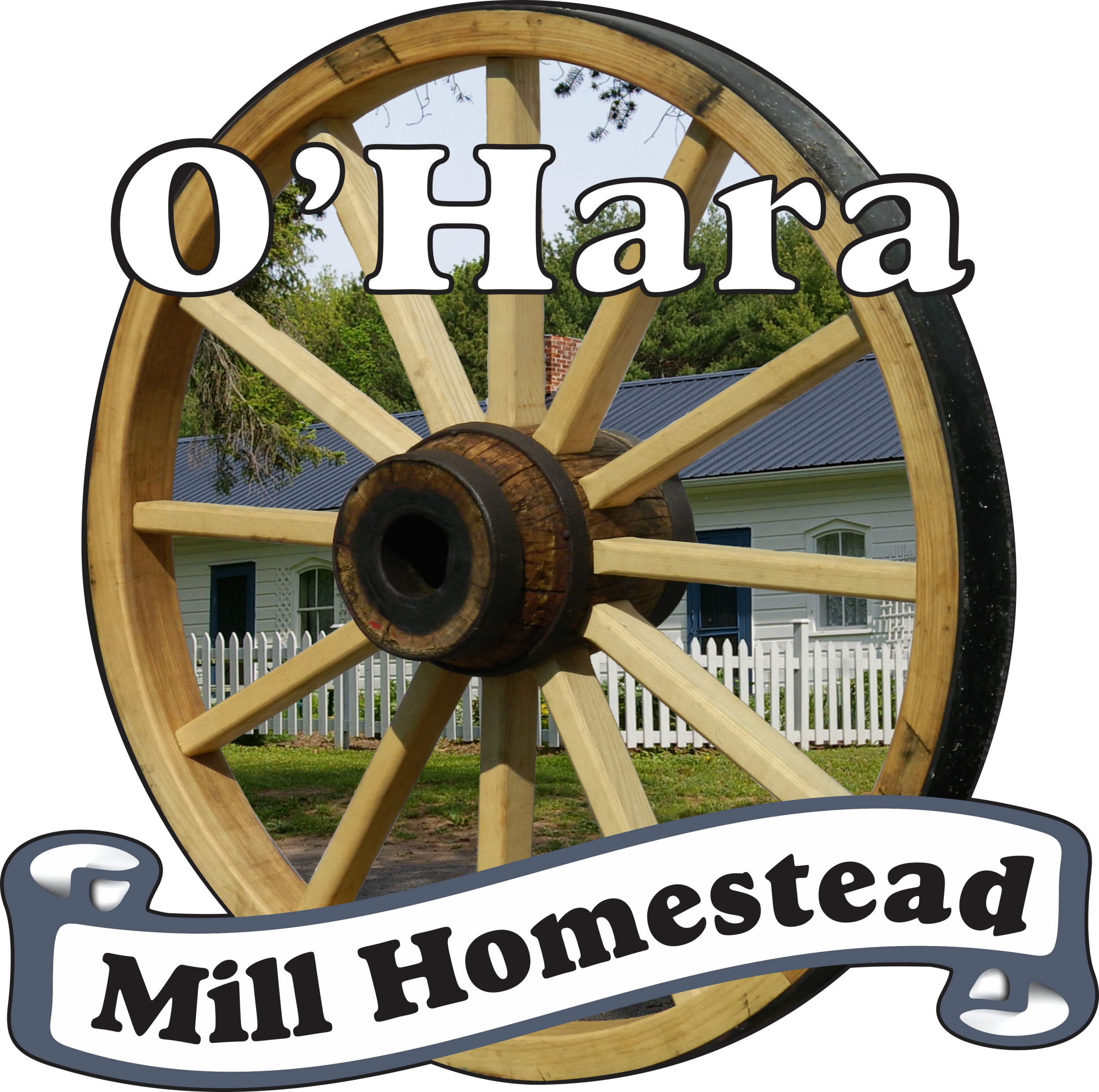The Honourable Squire O'Hara
Community Connections/ July 3rd, 2021
Squire James O’Hara (1797-1882)
Squire James O’Hara, the father of James O’Hara Jr., was a well respected citizen of Madoc Township at the time of it’s conception. Born in Manchester Vermont, James decided to make a new start when he heard that the British Government was opening up new lands in the Dominion of Canada.
After marrying 17 year old Mary Healey in New York State on December 13th 1818, the almost 21 year old James moved with his new wife into a log cabin he had built just north of what would become Madoc. They arrived in Madoc Township on July 30th, 1823. After setting up a cabin and clearing the land to farm, the couple settled into their new life with James leaving during winters to work in lumber camps. The family was the 5th family of the original settlers of the township.
During their lifetime together, the couple had 11 children, with only 10 making it to adulthood. Their children would continue to be active and important members of the Madoc community, living on the current Homestead for 4 generations. When he died at home on September 15th, 1882, one day after his 85th birthday, James O’Hara was remembered fondly by his community for the active role he took in it.
Involvement in The Church
Squire James O’Hara, especially later in his life, was an active member of the Episcopal Methodist Church. He served as a steward, a class leader and a trustee during his lifetime. For 30 years up until his death he was a faithful member of the Church.
The location of the first Baptist preaching in Madoc Township was actually at his own home. The O’Hara home was always open to any minister of the Gospel and Mary and James often hosted service along with tea in their home.
Becoming a Squire
For the first part of his life, James O’Hara Sr. was not known as Squire O’Hara. This all changed when he was appointed a Justice of the Peace by the Government. He was appointed as a Judge on January 10th 1863 and we know some details of the role he played as Justice.
In his ledgers from 1843 until 1881, there is written records of some of the cases he helped settle. Along with Uriah Seymour, Squire O’Hara heard charges and evidence, called witnesses, rendered verdicts and assigned costs for constable fees, summons, subpoenas and hearings.
These cases were often disputes between neighbours in Madoc Township. One case is described as “an Action of Trespass” which claimed the accused entered “said meadows” and cut “the grass without liberty”. While this might seem today like a minor dispute, in the early days of settlement this was an offence that was taken seriously as great measures were taken to ensure order in new settlements distant from larger courts of law.
Labour and Hired Help
In addition to his work as a Squire, James O’Hara Sr. worked the land. But he didn’t do this alone, in fact his ledger shows a number of times when he would hire in help from the local community, which was not uncommon, especially during harvest.
Its documented that James paid Sandy McBeath 38 cents for “attending threshing machine one day”. William Reed was paid $5.00 for “Ten days threshing peas” and Henry Snyder “worked 28 days in haying and grain harvest”.
From this it is clear that James O’Hara Sr. worked to support the community and those who seeked employment through hard farming labour.
More Interesting Facts
Squire James O’Hara is also documented to have served as the President of the Madoc Agricultural Society in 1863, which comes as no surprise considering his role as one of the first farmers in the Township.
In 1863 he also ran for municipal elections, but lost.
During the rebellion of 1837, James was confined at the Kingston Jail for several months, but this was found to be “petty and unjust persecution” and he was described as being “a peaceable man, loyal to the crown”. His later appointment as a Justice makes any ill faith in the government unlikely.
It is said that the Indigenous people of the area were fond of him and the family has a number of beaded gifts which suggest that this is true. There are even stories of the Indigenous locals spending the winter sleeping by the O’Hara fireplace.
As mentioned in previous blog posts, James O’Hara Sr. was instrumental in the opening of the first Rural school in the Township and served as one of the first municipal councillors for it, without pay.
He also went into partnership with his son James Jr. in 1850 constructing the O’Hara sawmill. To learn more about the sawmill read yesterday’s blog post!
We hope that you now know more about the very interesting life of the man who started the O’Hara legacy in Madoc!

